Are you a stargazer eager to learn more about the universe? These are the best astronomy museums in Germany:
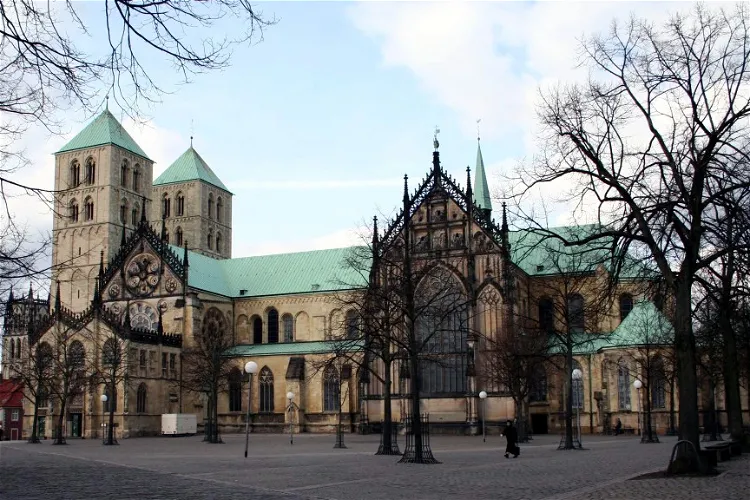
St. Paul's Cathedral, Münster
MünsterSt. Paul's Cathedral, also known as St.-Paulus-Dom, is a significant monument in the city of Münster, Germany. It stands as a testament to the city's rich history and architectural prowess. The cathedral's grandeur and prestige make it a notable point of interest for tourists visiting Münster.
Veste Oberhaus
PassauVeste Oberhaus is a historic castle located on the left side of the Danube River, directly opposite the old town of Passau. The castle was established in 1219 and served as the residence of the prince-bishop of the Hochstift Passau for a significant period of time. This castle is a symbol of the city's rich history and offers a unique insight into the past.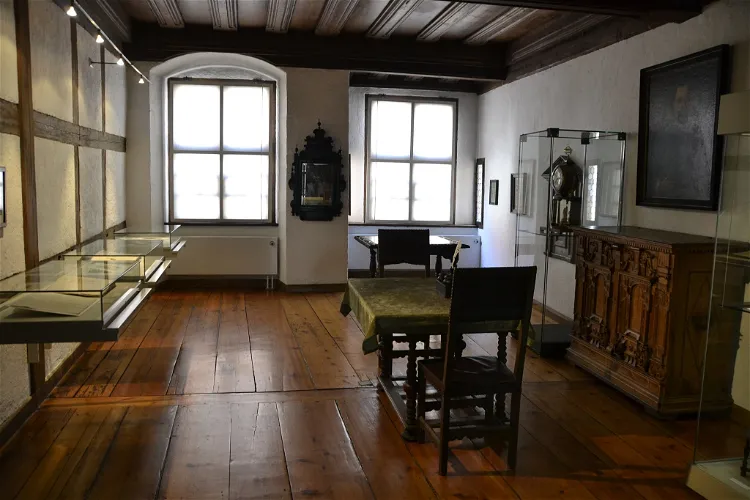
Kepler's Last Residence & Museum
RegensburgThe Kepler Memorial House in Regensburg is a significant historical site as it is the place where the renowned astronomer Johannes Kepler passed away. This house provides a unique opportunity for visitors to step into the past and explore the life and work of one of the most influential figures in the history of astronomy.
Arithmeum
BonnThe Arithmeum was founded by Bernhard Korte, the director of the institute, who also contributed his private collection of calculating machines. As of 2008, the museum's collection included 4500 calculating machines, 2000 books, 800 works of art, and 500 historical computers. This extensive collection offers a unique insight into the history and development of computing technology.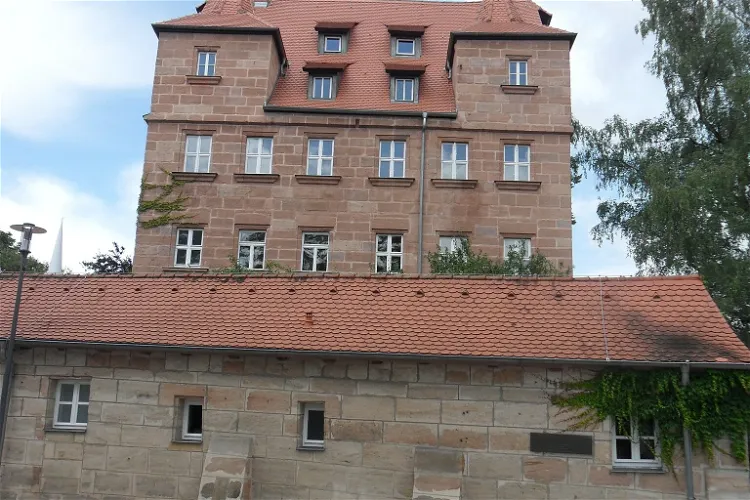
Hermann Oberth Space Travel Museum
FeuchtDedicated to one of the founding father of astronautics and his work. There is a lot to see, including a real rocket.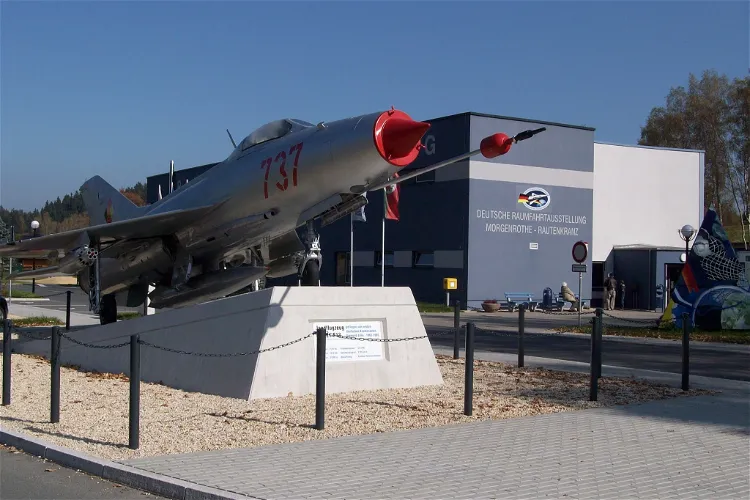
German Space Travel Exhibition
Morgenröthe-RautenkranzThe German Space Travel Exhibition, located in Morgenröthe-Rautenkranz, Germany, is a permanent exhibition dedicated to the fascinating world of spaceflight and space exploration. This exhibition offers a unique opportunity for visitors to delve into the history and future of space travel, learn about the technology and science behind it, and understand its impact on our lives and society.
Westphalian Museum of Natural History
MünsterThe LWL-Museum für Naturkunde, also known as the Westphalian Museum of Natural History, is a state museum located in Münster. It is under the sponsorship of the Landscape Association of Westphalia-Lippe (LWL). The museum is a significant cultural and educational institution in the region, offering a wide range of exhibits and programs related to natural history.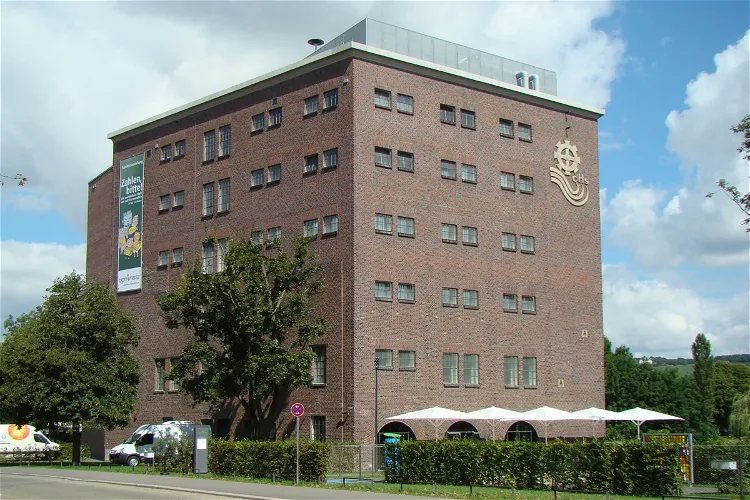
Experimenta
HeilbronnExperimenta is a Science Center situated in Heilbronn, Baden-Württemberg. It is housed in the former Hagenbucher warehouse and a new building that was opened in March 2019. The center aims to make science and technology understandable for people of all age groups.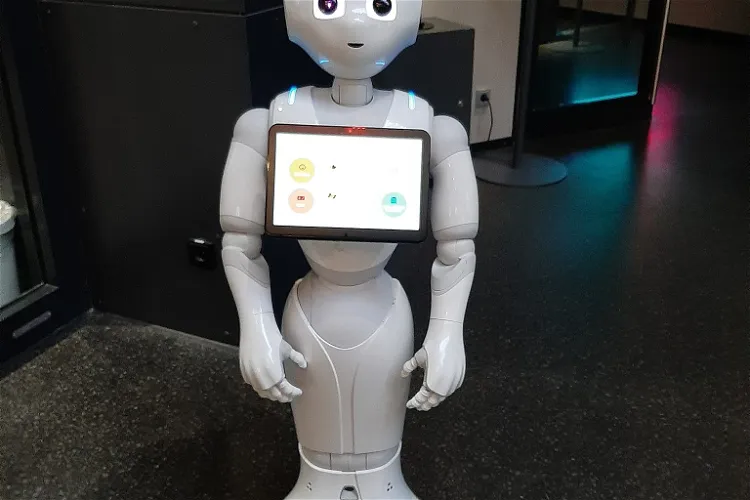
Phänomenta Lüdenscheid
LüdenscheidPhänomenta Lüdenscheid is a Science Center located in Lüdenscheid, North Rhine-Westphalia. It was established in 1996, drawing inspiration from its predecessor in Flensburg. The center aims to enable visitors to understand fundamental phenomena through their own actions. Unlike a technology museum, it does not have a collection for viewing or long texts to read. Instead, it encourages learning and understanding of natural sciences, with a focus on physics and technology, through experimentation and hands-on activities.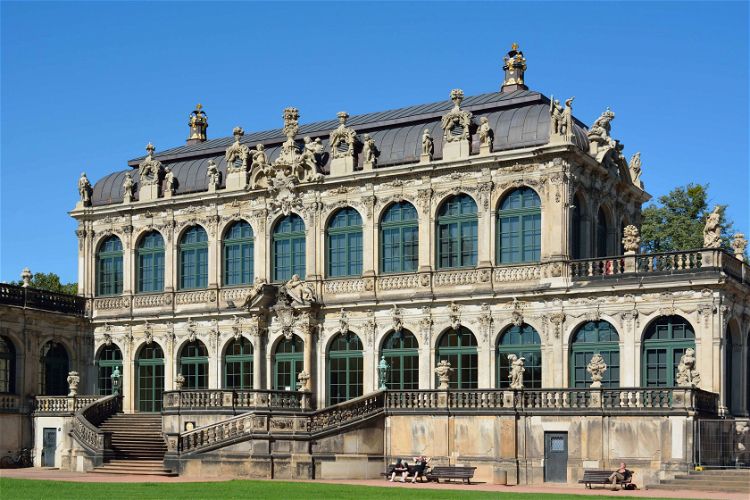
Royal Cabinet of Mathematical and Physical Instruments
DresdenRoyal Cabinet of Mathematical and Physical Instruments (Mathematisch-Physikalischer Salon) is a museum in Dresden that belongs to the Staatliche Kunstsammlungen Dresden. It is a museum of historic clocks and scientific instruments. The museum holds and exhibits a collection that includes globes, ast
Zeiss Planetarium
BochumThe Zeiss Planetarium Bochum is a planetarium in Bochum in Germany. It was opened in 1964 and since then belongs to the most modern facilities of its kind worldwide. Under the dome with a diameter of 20 meters is space for around 260 people. A central projector shows the starry sky under the dome ro
Westfälische Volkssternwarte und Planetarium
RecklinghausenThe Westfälische Volkssternwarte Recklinghausen is an observatory situated in the northwest of the city of Recklinghausen. The structure is composed of a 20-meter high octagonal tower with an attached planetarium dome. It is conveniently located in the Recklinghausen city garden, in close proximity to the Ruhrfestspielhaus.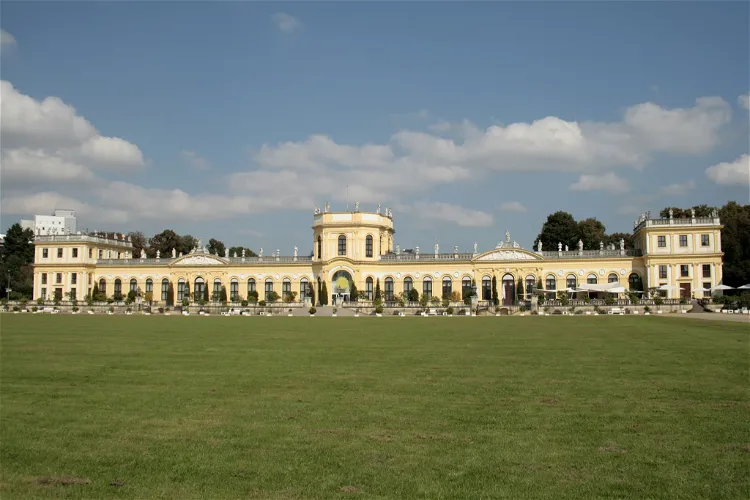
Astronomisch-Physikalisches Kabinett
KasselThe Astronomisch-Physikalisches Kabinett is a museum located in Kassel, Germany. Its collection is rooted in the promotion of natural sciences by the Hessian landgraves and their passion for curiosities. This museum is a testament to the historical interest in science and the pursuit of knowledge in the region.
Carl-Zeiss-Planetarium
StuttgartThe Carl Zeiss Planetarium is a planetarium in Stuttgart in Germany. In addition to the actual planetarium, the Planetarium Stuttgart also operates the Welzheim Observatory. All the shows and presentations in the stardome are simulcast in English.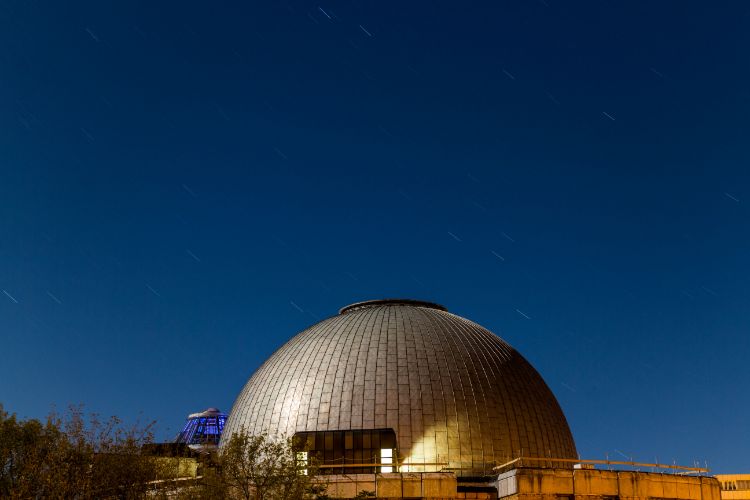
Zeiss Major Planetarium
BerlinThe Zeiss Major Planetarium in Berlin was opened in 1987 and is one of the largest modern stellar theatres in Europe. The dome has a diameter of 23 metres and is equipped with a Carl Zeiss AG Universarium IX planetarium projector, as well as 100 slide projectors, a laser show installation and sound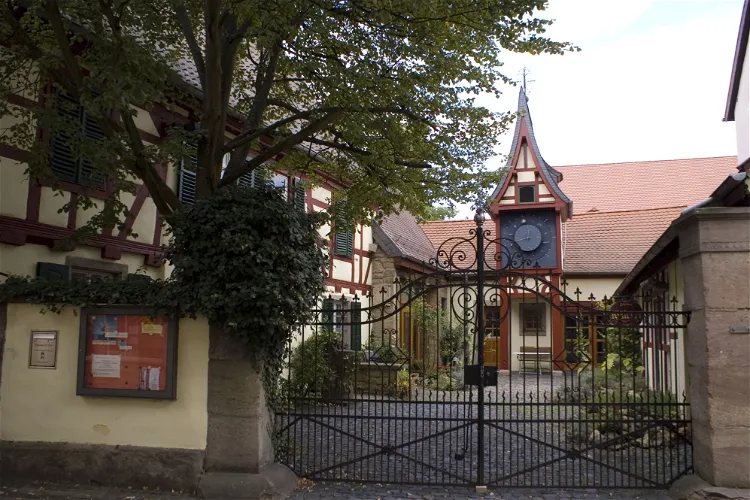
Museum für Zeit
RockenhausenThe Museum für Zeit – Pfälzisches Turmuhrenmuseum in Rockenhausen is housed in a former farmhouse and showcases a collection of historical timekeeping devices. This includes a large astronomical clock and a carillon, providing visitors with a unique insight into the history and evolution of timekeeping.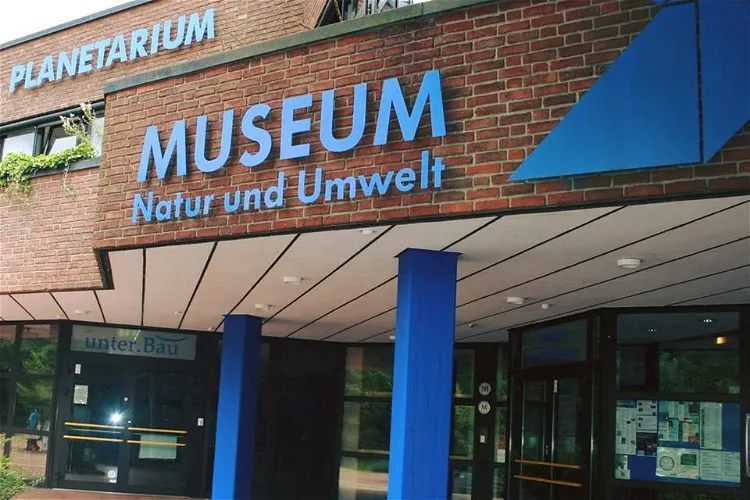
Museum am Schölerberg
OsnabrückThe Museum am Schölerberg in Osnabrück is a city museum dedicated to nature and the environment. It was opened in 1988 and has been recognized as a Regional Environmental Education Center since 1997. The museum's architecture is inspired by the spiral shape of an ammonite, adding a unique touch to its design.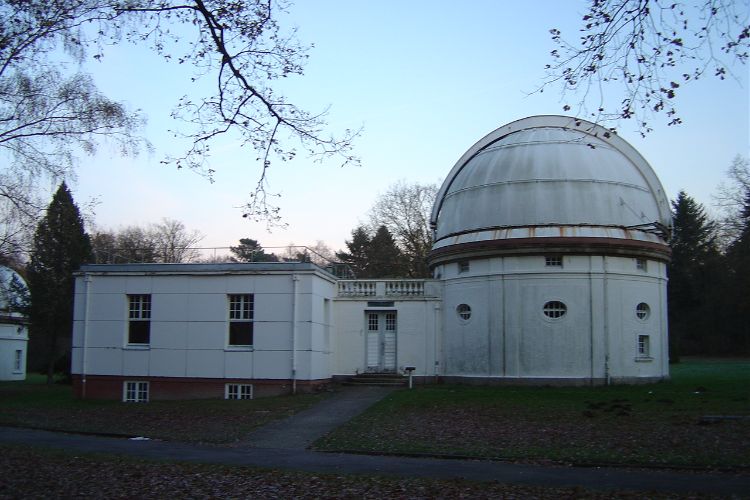
Sternwarte Hamburg
HamburgThe Hamburg Observatory is an astronomical observatory that is owned and operated by the University of Hamburg. In 1979 a small museum dedicated to Bernard Schmidt was founded.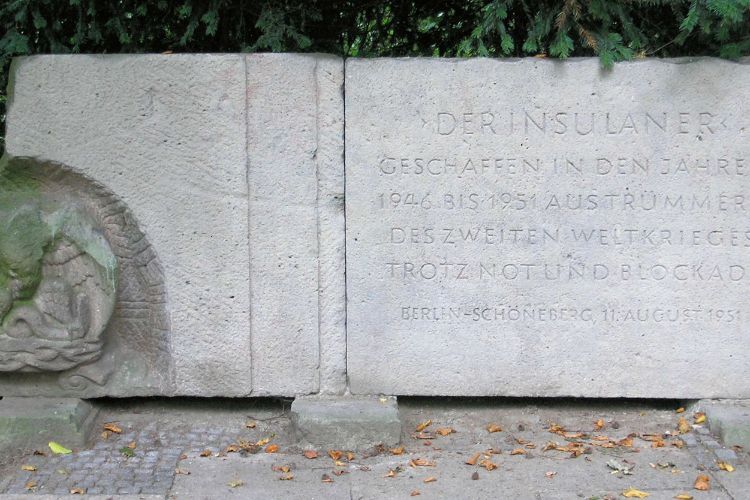
Wilhelm-Foerster-Sternwarte mit Planetarium am Insulaner
BerlinThe Planetarium am Insulaner with its magnificent artificial starry sky can be found at the foot of the hill of the same name. Here, visitors can experience 360-degree shows, astronomical live lectures, radio plays, readings, music shows and children's programs. At the Wilhelm Foerster Observatory (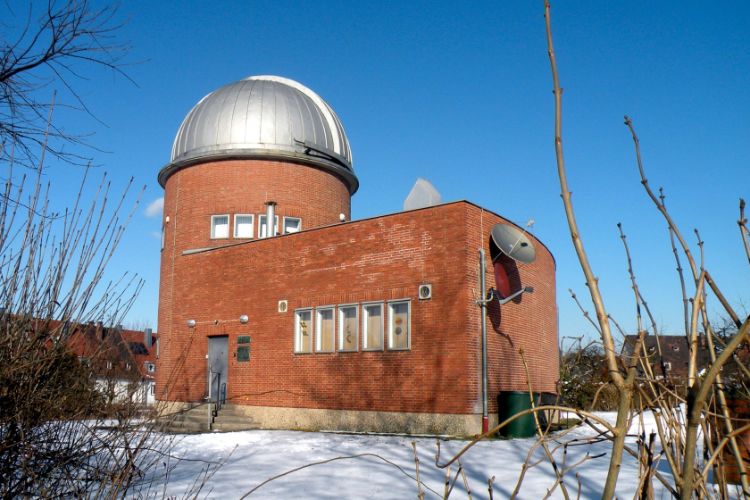
Regiomontanus-Sternwarte
NurembergThe Regiomontanus-Sternwarte Nürnberg is an astronomical observatory, aimed primarily at the public teaching of astronomy. It is located at the second highest point of the Nuremberg metropolitan area, the Rechenberg, in the St. Jobst district at about 338 meters. All the activities of the observator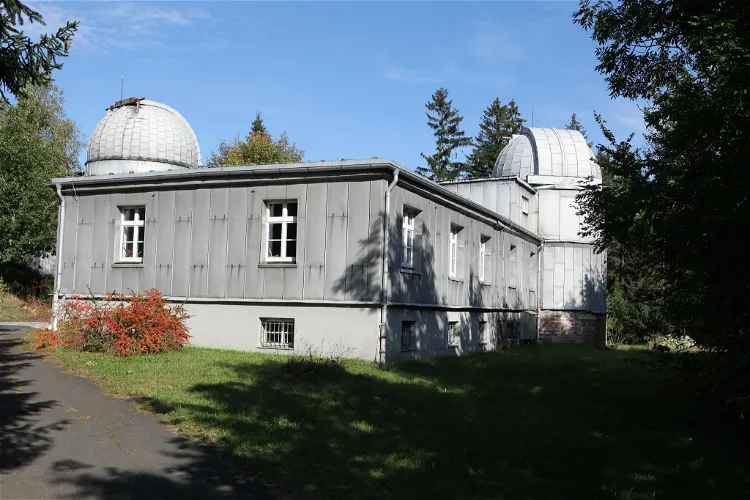
Sonneberg Observatory
SonnebergThe Sonneberg Observatory is home to one of the world's largest collections of photographic plates, housed in its internal astronomy museum. These plates offer a unique insight into the history of astronomical observations. The observatory is primarily used for scientific outreach, making it an excellent place for visitors interested in astronomy to learn more about the field and its history.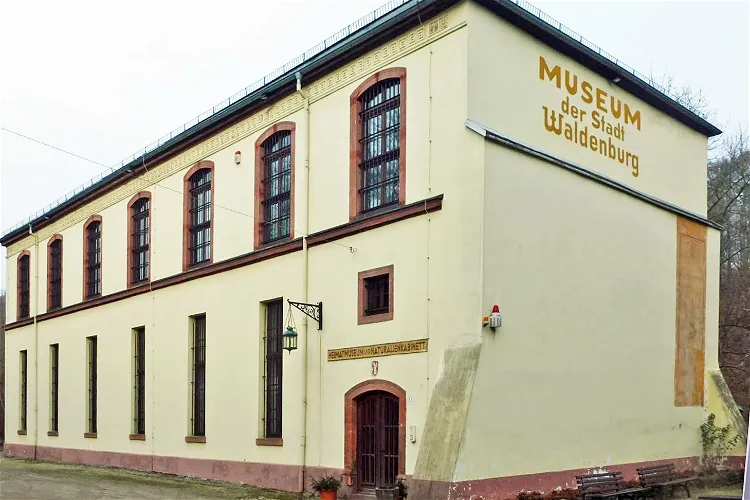
Museum - Natural History Collection Waldenburg
WaldenburgThe Museum – Naturalienkabinett in Waldenburg (Saxony) is home to the Naturalienkabinett of the Princes of Schönburg-Waldenburg. This collection has been housed in the outdoor area of Waldenburg Castle since the 1840s, making it a significant part of the region's history.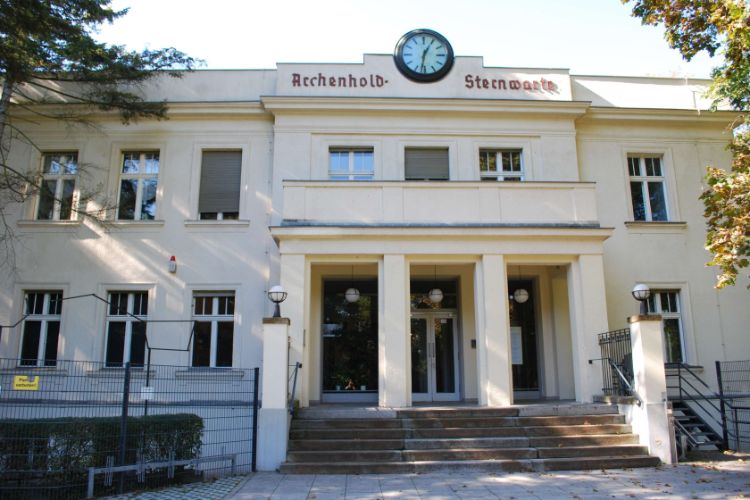
Archenhold Observatory
BerlinThe Archenhold Observatory (Archenhold Sternwarte) is an end of the 19th century created public observatory in the Treptower Park in Berlin. It houses the Great Refractor, the longest pointable telescope in the world, also called Celestial Cannon. The institution was named after Friedrich Simon Arch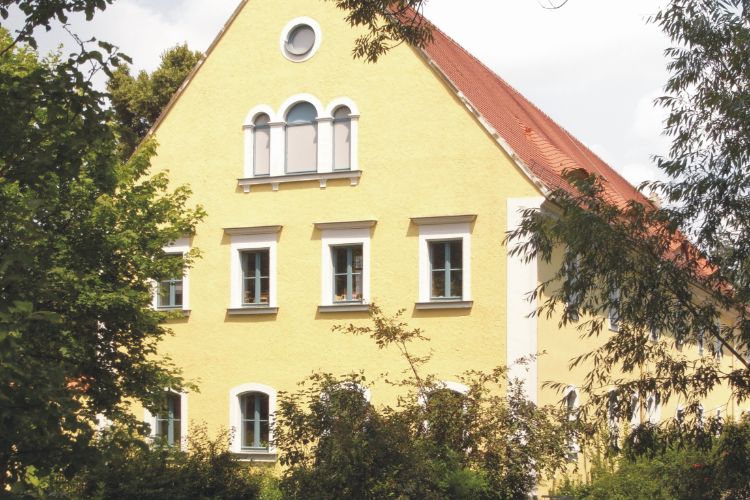
Palitzsch-Museum
DresdenThe Palitzsch Museum is a museum in Dresden that is dedicated to the 7000-year settlement history of today's district of Prohlis and the Prohlis natural scientist Johann George Palitzsch, who in 1758 first saw the then eagerly awaited Halley's comet. The museum is housed in a former farm and its exh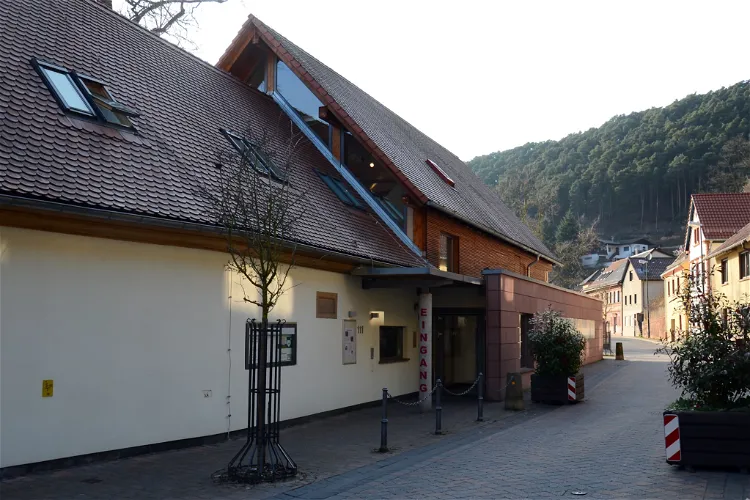
Palatinate Museum of Natural History
Bad DürkheimThe Palatinate Museum of Natural History is situated in the Anterior Palatinate county town of Bad Dürkheim in the German state of Rhineland-Palatinate. It also has a branch known as the GEOSCOPE Prehistoric Museum located at Lichtenberg Castle near the West Palatine county town of Kusel. Both establishments are managed by the Palatinate District Association, the town of Bad Dürkheim, and the counties of Bad Dürkheim and Kusel.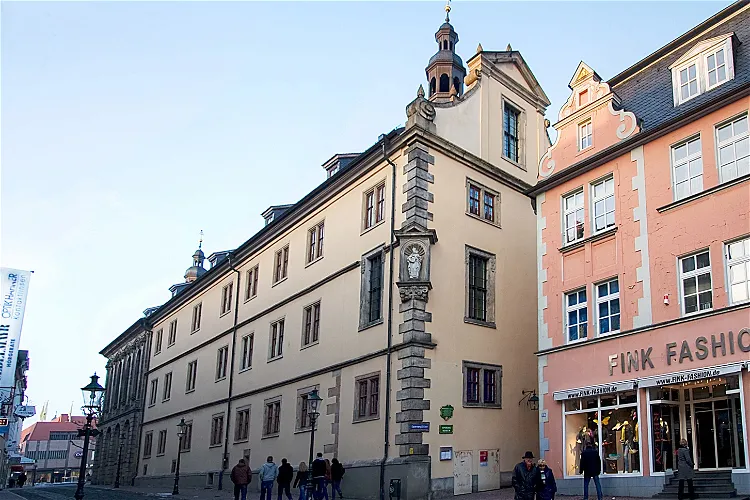
Vonderau Museum
FuldaThe Vonderau Museum, located in the city of Fulda, is named after Joseph Vonderau, a teacher and local researcher. This museum is a significant part of the city's cultural heritage and offers a deep dive into the history and culture of the region.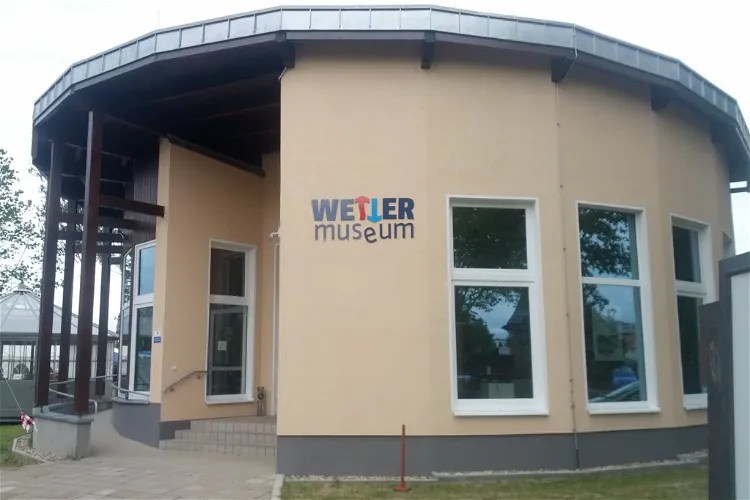
Wettermuseum
LindenbergThe Wettermuseum is a unique institution dedicated to meteorology and aerology, located in Lindenberg, a district of the municipality of Tauche in the Oder-Spree district of Brandenburg. This museum offers a unique opportunity to learn about the science of weather and the atmosphere in a location steeped in meteorological history.- 28
Public Observatory Paderborn e.V.
PaderbornThe Public Observatory Paderborn is situated in the city of Paderborn, specifically in the district of Schloß Neuhaus. It is uniquely located on the roof of the Gymnasium Schloß Neuhaus, which is nestled within the scenic castle park of the district. This location not only provides an excellent vantage point for astronomical observations but also adds a historical and cultural dimension to your visit.